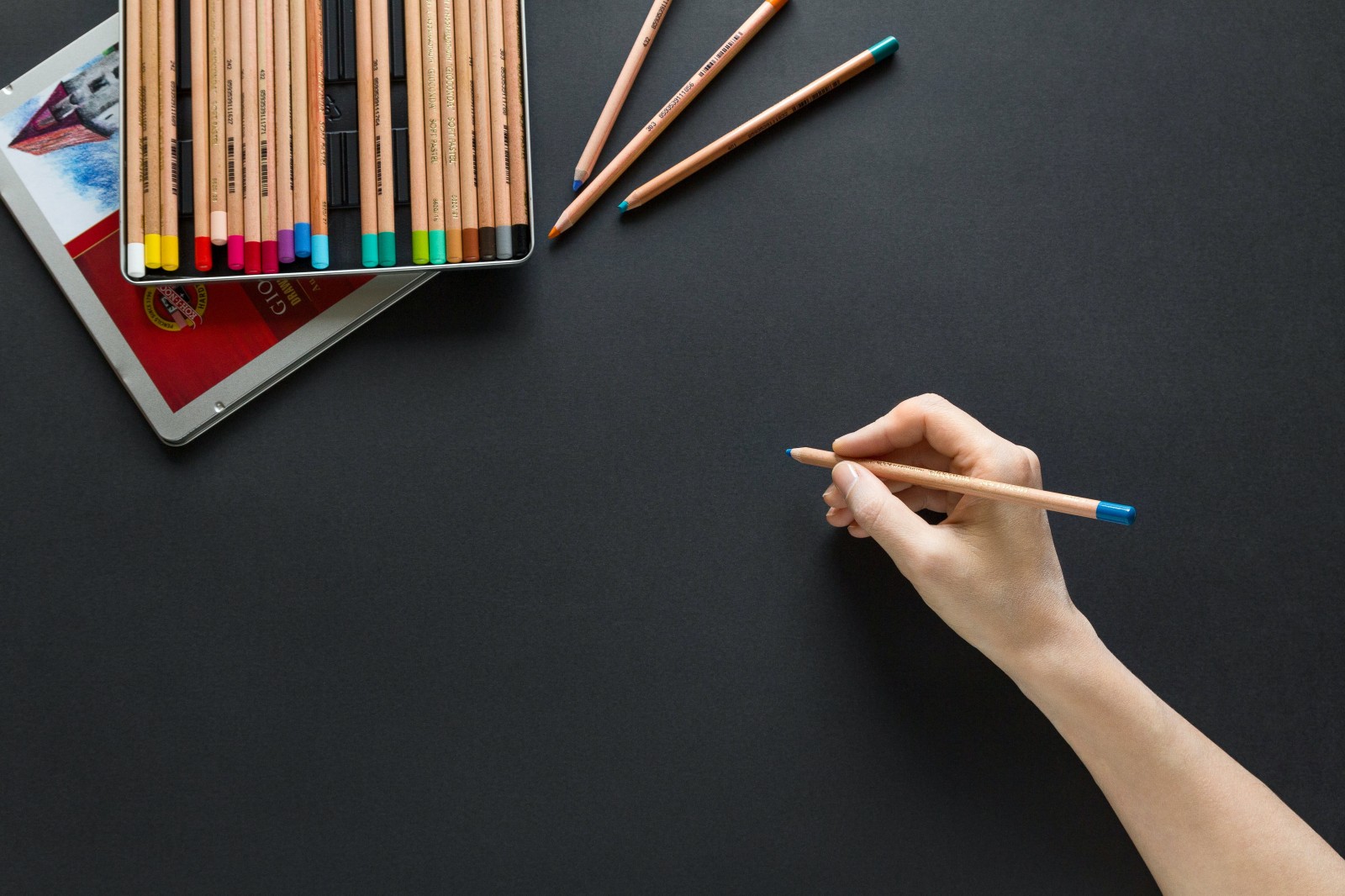Why does it matter?
At the core of any great work lies a well-organized process. Your drawing skills and good taste are just the seasoning to the main course — a solid system. A classic design process includes several stages:
Research . We gather information about the client’s business and its users. How does the business make money? Where do the clients come from? What problems does the business solve for them? And most importantly: how do their competitors do it? Here’s a simple toolkit to help with those tasks:

Text-based prototype . Time to generate ideas based on the collected insights — in text or sketch form. Ideally, create a few options, validate them, and choose the best one.
Moodboard creation . This is where the soul of the project is formed. You gather suitable fonts, colors, images, and shapes. It’s also best to create a few variations and match them to the best-fitting concept.
Creating a user story . This step builds the logic of the site. Once you clearly understand what your user is looking for, you can easily reflect it in your prototype.
The User Story is created using this formula:
The user wants <something> in order to <user’s goal or motivation>.
For example, in a clothing store, a girl wants to find a tracksuit.
Based on this example, we can build the following structure: 1 — Store catalog 2 — Tracksuit section 3 — Product page 4 — About us 5 — Reviews 6 — Delivery and payment 7 — Cart
.jpg)
Prototype assembly . Don’t rush — for now, it will be without color or images. Focus only on the placement of headings, texts, and blocks. Build it exactly how it will look in the final design.
Prototype + moodboard . Now it’s time to combine the two. The result is a complete design mockup. Be sure to prepare all possible interface versions for client and developer handoff.
Mobile adaptation . Don’t forget about users who’ll interact with your design on their phones.
Project presentation and portfolio packaging . Of course, only if you didn’t sign an NDA with the client ;)
And one more thing:
Each stage of the design process brings you closer to the right solution. Yes, when we’re just starting out, we want to “draw” the design as fast as possible. But that often results in projects that are far removed from real client needs. Plus, these are harder to present. Why? Imagine showing a client the project and they ask: “Why is this button here?” What do you say? “Because I wanted to?” “Because it looks good?” When you know the client's motivation and understand their user journey, you have tons of arguments ready to go.
We dive deeper into how to build design processes — both in teams and as a freelancer — in our coaching program: “Web Designer: Your Golden Ticket to Thailand.”
